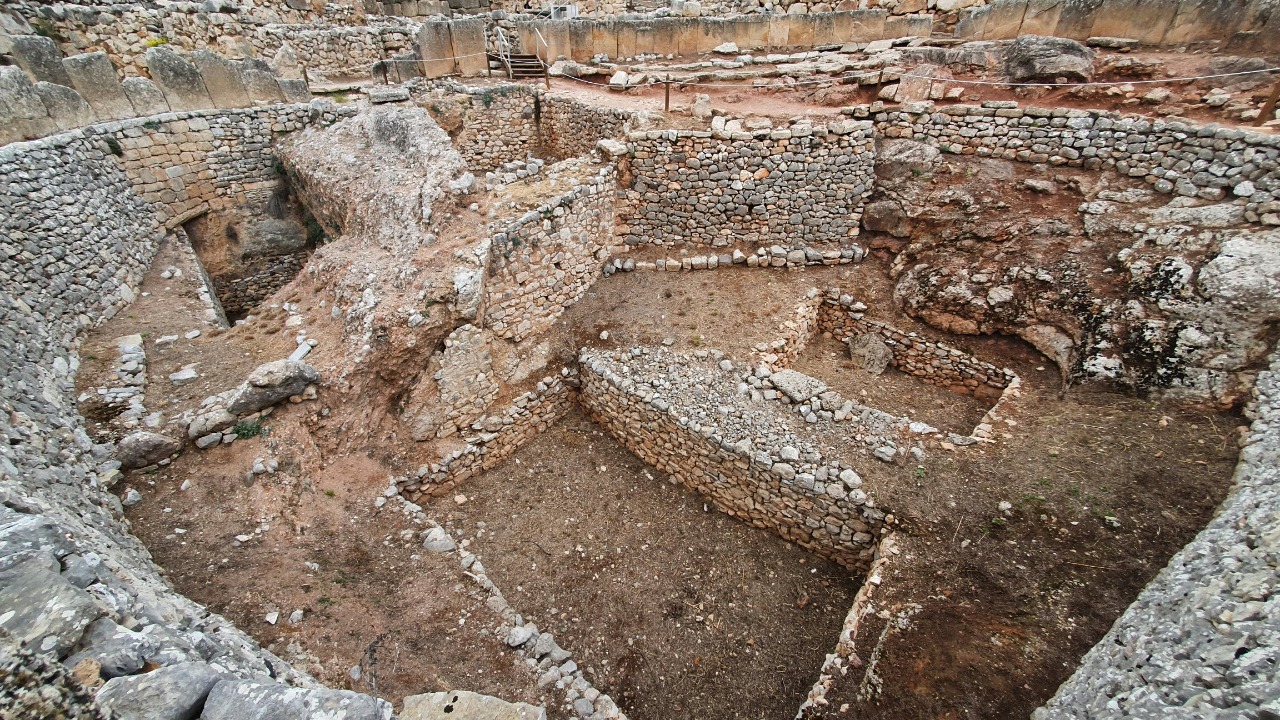
An extraordinary archaeological discovery near Hadrian’s Wall has caught the attention of historians and enthusiasts alike. A 1,800-year-old Roman artifact, unearthed by a team of archaeologists, provides new insights into Roman Britain and the military strategies employed during the reign of Emperor Marcus Aurelius. This breakthrough adds a significant chapter to our understanding of Roman history and its impact on the region.
The Discovery of the Roman Artifact
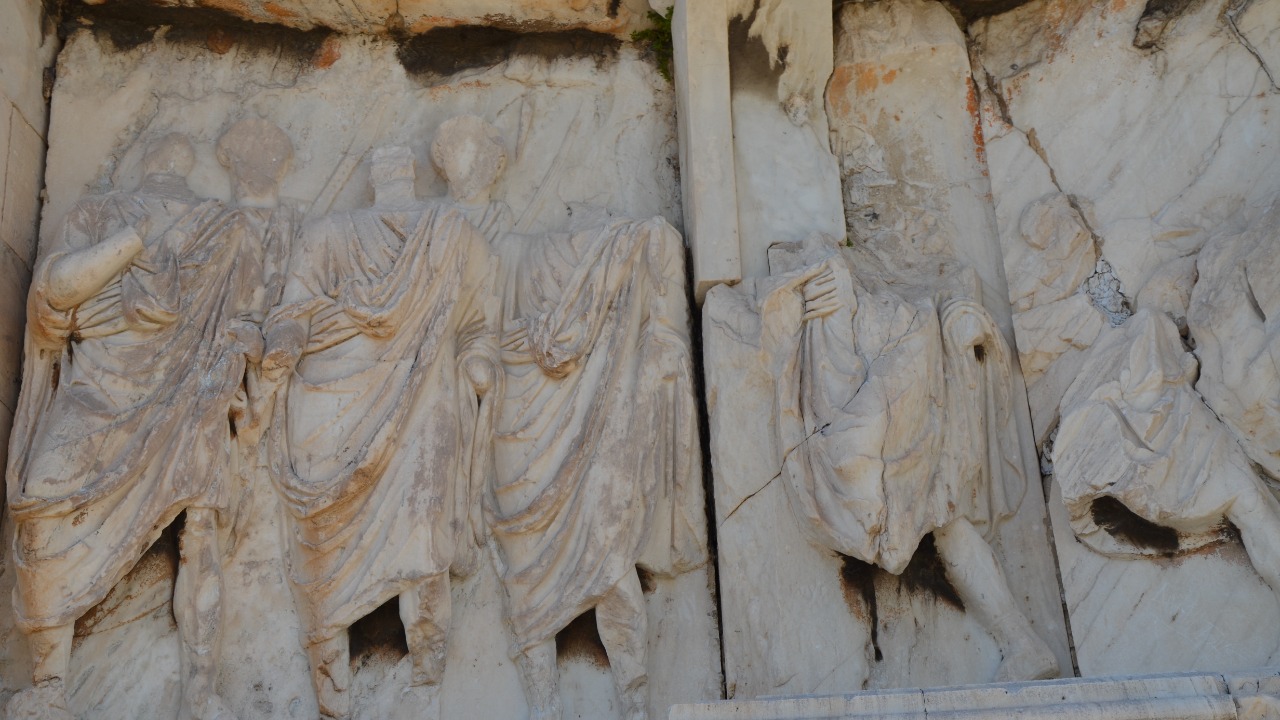
The recent excavation near Hadrian’s Wall led researchers to an incredible discovery—a Roman artifact dating back 1,800 years. The find was made during a systematic dig that aimed to uncover remnants of Roman military presence in the area. The team employed advanced technology, including ground-penetrating radar and 3D mapping, which helped reveal the artifact’s location. Situated just a few feet underground, the object was carefully extracted to prevent any damage.
The artifact itself is a finely crafted piece of Roman military equipment, possibly a shield boss or a part of a ceremonial helmet. Made from bronze, it measures approximately 12 inches in diameter and features intricate engravings that have remarkably survived the test of time. The craftsmanship suggests it belonged to a high-ranking officer or someone of considerable importance within the Roman ranks. Initial reactions from archaeologists and historians have been overwhelmingly positive, with many lauding it as a pivotal find that could reshape our understanding of Roman military practices in Britain.
Historical Context: Roman Britain During Marcus Aurelius’ Reign
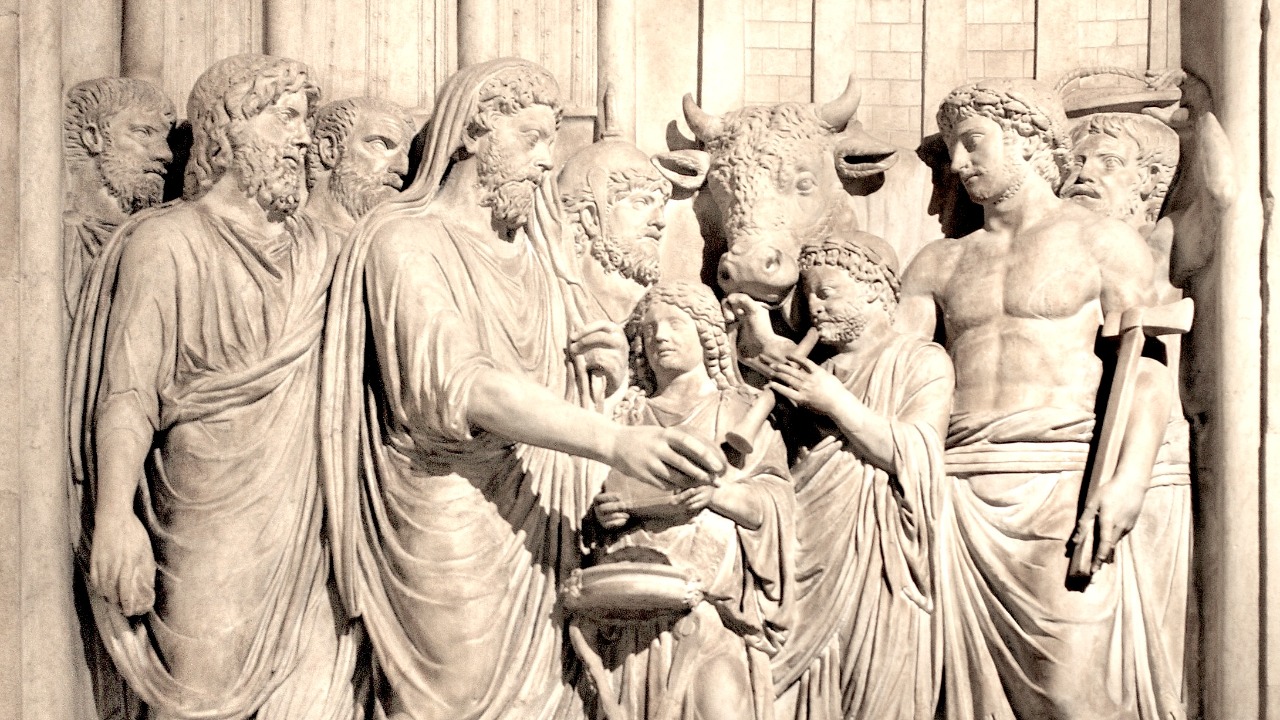
To appreciate the significance of this artifact, it’s crucial to consider the historical backdrop of Roman Britain during the 2nd century AD. During this period, the Roman Empire was expanding its borders and solidifying its control over existing territories. Hadrian’s Wall, constructed under Emperor Hadrian, served as a formidable defensive structure designed to protect the Roman frontier from northern tribes. It marked the northern limit of the Roman Empire in Britain and was a symbol of Roman engineering prowess.
Emperor Marcus Aurelius, under whose reign the artifact dates back to, was known for his philosophical writings and military acumen. Despite his focus on philosophical endeavors, his reign was marked by constant military campaigns to protect and expand the empire’s boundaries. The discovery of this artifact sheds light on the military strategies and the life of soldiers stationed at the frontier. It offers a tangible connection to the era when Rome was at its zenith, grappling with both internal and external challenges.
Significance of the Artifact in Archaeological Research
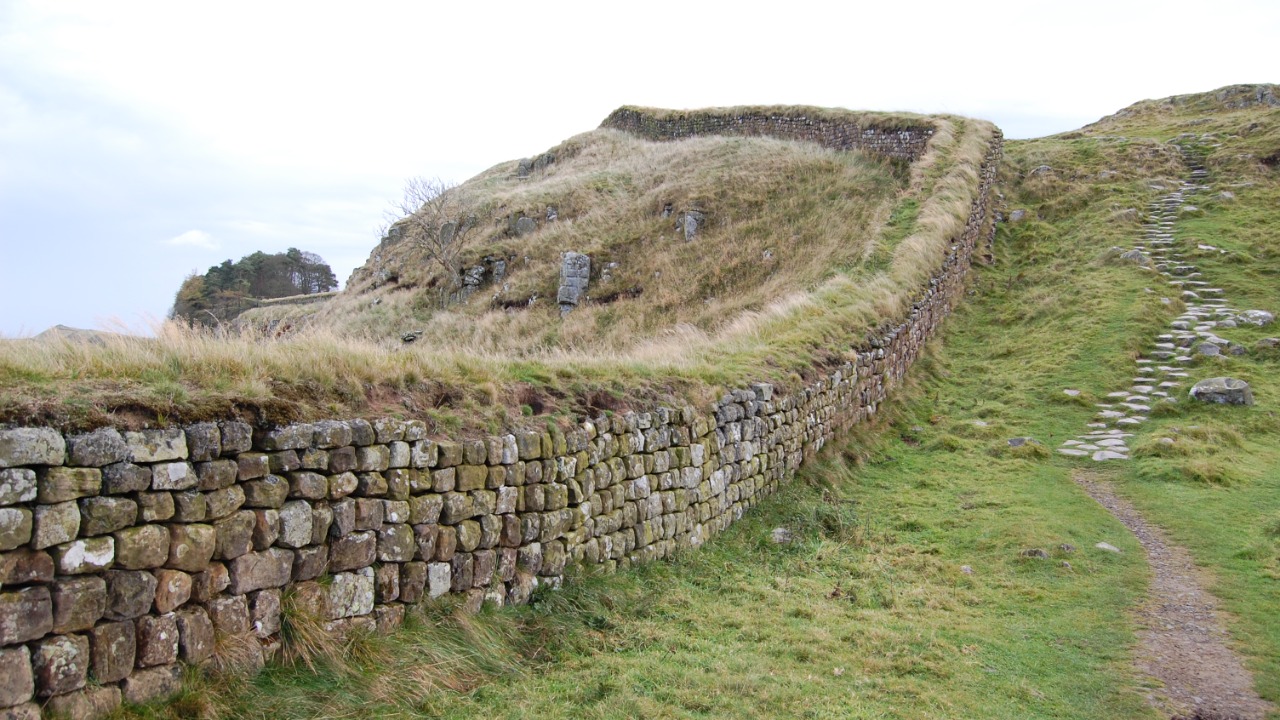
The unearthing of this Roman artifact near Hadrian’s Wall provides an invaluable glimpse into the military strategies of ancient Rome. Scholars have long debated the exact nature of Roman military tactics in remote outposts, and this find offers concrete evidence that could help resolve some of these discussions. The artifact’s design and craftsmanship suggest that Roman soldiers stationed along the wall were well-equipped and possibly engaged in more ceremonial duties than previously believed.
Beyond military insights, the artifact contributes to our understanding of daily life in a Roman military outpost. The detailed engravings on the artifact might reflect religious or cultural influences that permeated Roman military life, offering clues about the beliefs and practices of those who served along the wall. This discovery could pave the way for future archaeological research in the region, prompting new questions and investigations into the lives of Roman soldiers in Britain.
Public and Academic Reactions

The academic community has responded with enthusiasm to the discovery. Experts in Roman history have hailed it as a breakthrough that could lead to a reevaluation of existing theories about Roman military presence in Britain. The artifact offers new material for scholarly research, potentially leading to conferences, publications, and collaborative studies that delve deeper into its implications.
Public interest in the discovery has been equally palpable, with media coverage bringing attention to the find. Articles in various publications have highlighted the artifact’s significance, sparking curiosity and excitement among history enthusiasts. The discovery has also invigorated local tourism, with visitors eager to learn more about Roman Britain and see the site where the artifact was found. The potential for educational initiatives is immense, as the artifact can serve as a focal point for school programs and museum exhibits.
The Future of Archaeology at Hadrian’s Wall
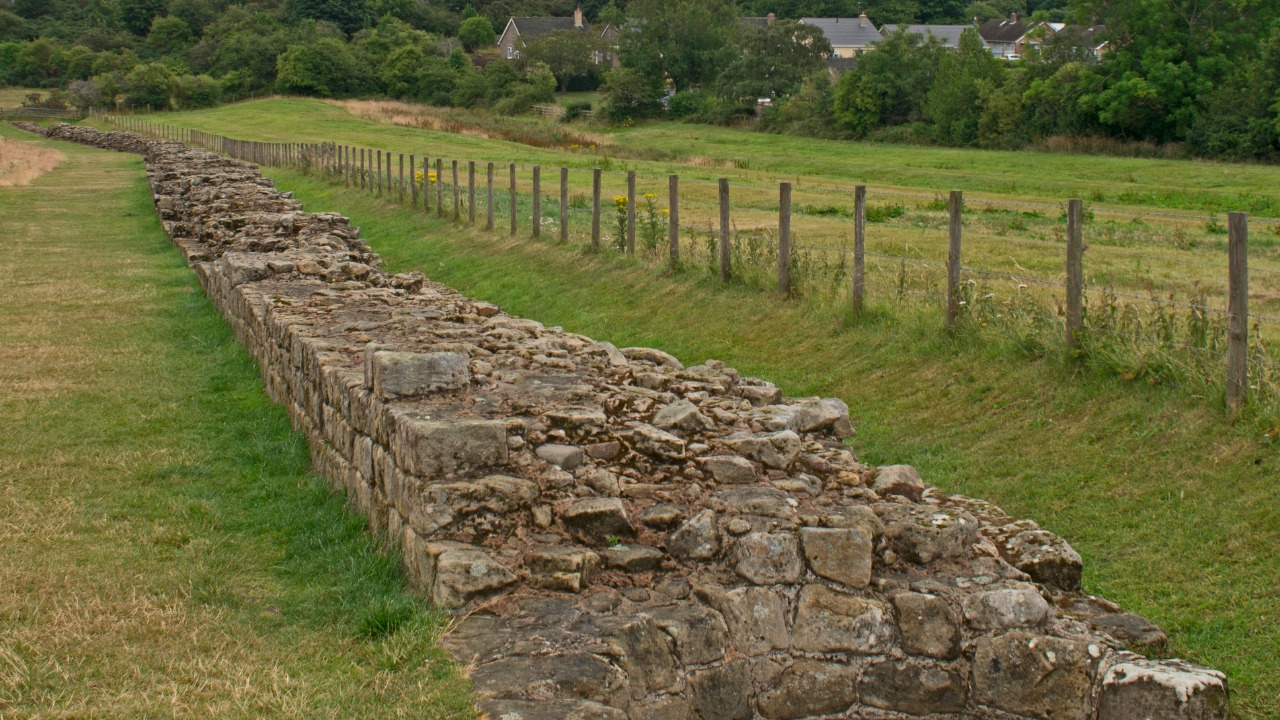
The discovery of this artifact has paved the way for further archaeological exploration along Hadrian’s Wall. Plans are already underway for more extensive excavations in the area, with teams eager to uncover additional artifacts that could provide further insights into Roman Britain. Technological advancements, such as ground-penetrating radar, will continue to play a crucial role in these efforts, allowing archaeologists to identify promising dig sites with greater accuracy.
Preserving and protecting these archaeological sites is of paramount importance for future generations. The recent discovery highlights the need for continuous efforts to safeguard historical sites from environmental and human threats. As research progresses, so does the necessity for public awareness and support in conserving these irreplaceable windows into human history. The commitment to preservation will ensure that the lessons and insights gained from the past remain accessible to all, fostering a deeper appreciation for the rich tapestry of human civilization.